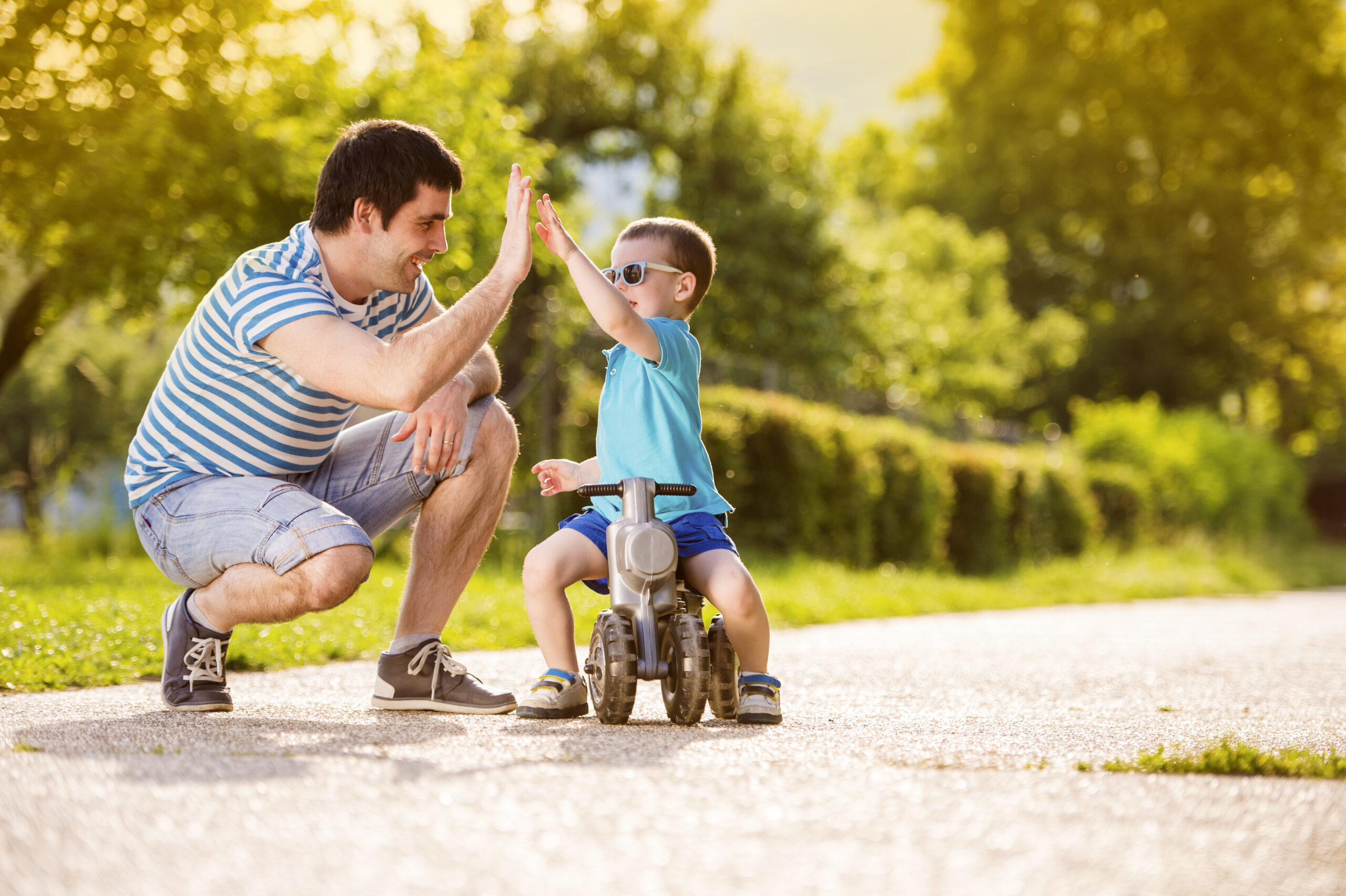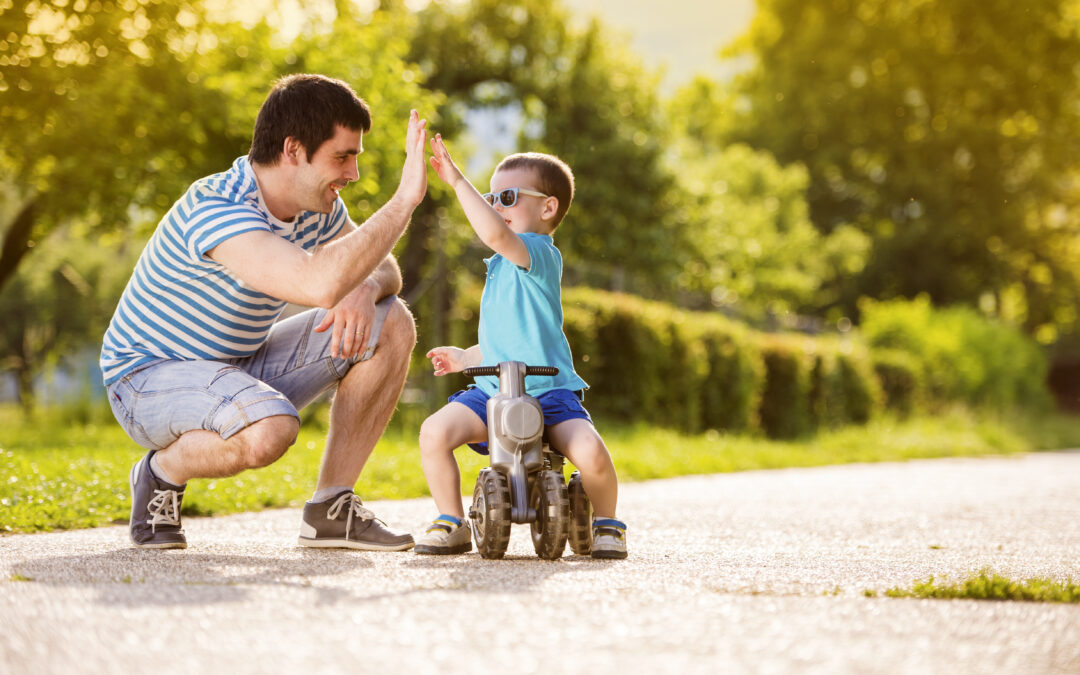Disasters can strike when you least expect them, transforming ordinary days into chaotic situations in the blink of an eye. Understanding various types of disasters is the first step toward effective preparedness. Natural catastrophes like hurricanes, earthquakes, floods, and wildfires pose significant threats in many regions. Additionally, man-made disasters such as chemical spills or terrorist attacks can also disrupt lives and communities. Knowing what type of disaster is most likely to occur where you live allows you to tailor your preparation efforts accordingly.
Once you’re aware of potential risks, it’s time to create a family emergency plan. This vital blueprint should outline how each member will respond during an emergency. Start by discussing potential scenarios with your family; ensure everyone knows how to react and where to meet if separated. Designate an out-of-town contact person that could act as a communications hub if local lines are down—this is crucial for keeping tabs on loved ones in chaos. Regularly review and practice this plan so that it becomes second nature when emergencies arise.

A well-prepared household has essential supplies ready for any situation. Begin assembling your disaster kit now—it’s better to be proactive than reactive! At the very least, your kit should include non-perishable food items (enough for at least three days), bottled water (one gallon per person per day), medications, a flashlight with extra batteries, a first-aid kit, hygiene products, and important documents stored in waterproof containers. Don’t forget about pet supplies if you have furry friends! Tailoring your kit to suit specific needs ensures that everyone can stay safe and healthy during trying times.
Staying informed is another critical aspect of disaster preparedness. In our hyper-connected world, communication technologies offer invaluable tools for alerting citizens about impending threats. Sign up for local alerts and notifications through government websites or apps dedicated to emergency management; these resources provide timely updates on weather conditions or safety instructions during crises. Don’t rely solely on social media—often delayed information can spread misinformation faster than facts.
Lastly, let’s talk about recovery and resilience after experiencing a disaster. The journey back to normalcy may feel daunting but remember that rebuilding is part of the process. Emotional support plays an essential role here; lean on community resources such as counseling services or support groups designed specifically for those affected by disaster trauma. Acknowledge feelings while encouraging open conversations among family members—talking things through often alleviates anxiety.
In conclusion, disaster preparedness revolves around knowledge, planning, communication, and emotional strength. By understanding potential disasters in your area and formulating comprehensive plans with essential supplies at hand while staying informed about updates from reliable sources—you’ll reinforce both personal safety and community resilience when faced with adversities ahead! Take action today because being prepared means being empowered; after all, it’s better to have a plan than be left scrambling when calamity strikes!






